To prevent mold and mildew growth on outdoor furniture covers, it is essential to choose covers made from mold-resistant materials like polyester, nylon, or vinyl, typically coated for UV and water resistance. Regular cleaning routines are crucial; clean covers with a mixture of warm water and mild soap or bleach, following the manufacturer's directions, and attempt drying them in a well-ventilated area . It is beneficial to store these covers in dry, properly ventilated storage spaces when they are not in use. Implementing a mold-resistant finish can provide an extra deterrent to mold and mildew growth. There's much more to explore on this subject to guarantee a long lifespan for your outdoor furniture covers.
Understanding Mold and Mildew
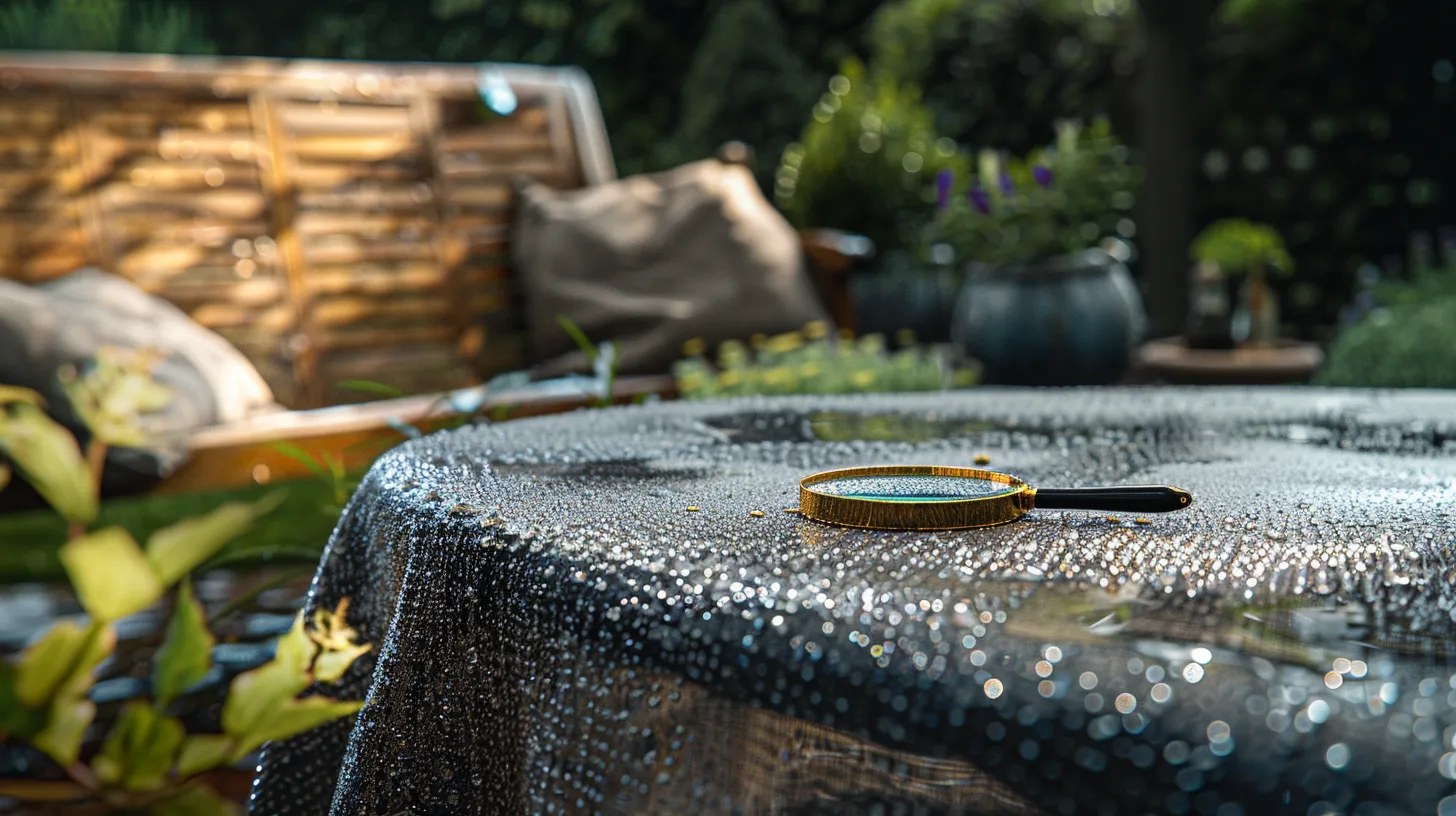
Mold and mildew, these ever-present fungi that thrive in damp and wet environments , pose a significant threat to the longevity and aesthetic appeal of outdoor furniture covers. As types of fungi, they are natural decomposers that break down organic materials. Unfortunately, when these fungi establish themselves on outdoor furniture covers, they can cause discoloration, offensive odors, and progressive material deterioration.
Understanding the factors that promote the growth of mold and mildew is vital in effectively preventing their presence on outdoor furniture. These fungi proliferate in environments that offer ample moisture, warmth, and organic material . Hence, the prevention of mold and mildew on outdoor furniture covers largely revolves around addressing these conditions.
Prevention strategies include regular cleaning to remove organic debris, proper storage to avoid moisture accumulation , and the use of mold-resistant materials . However, the latter point will be discussed more elaborately in the subsequent subtopic, 'Outdoor Furniture Cover Material Selection'. Knowing how mold and mildew operate and the conditions they favor is the first step towards preserving the longevity and maintaining the aesthetic appeal of your outdoor furniture covers.
Outdoor Furniture Cover Material Selection
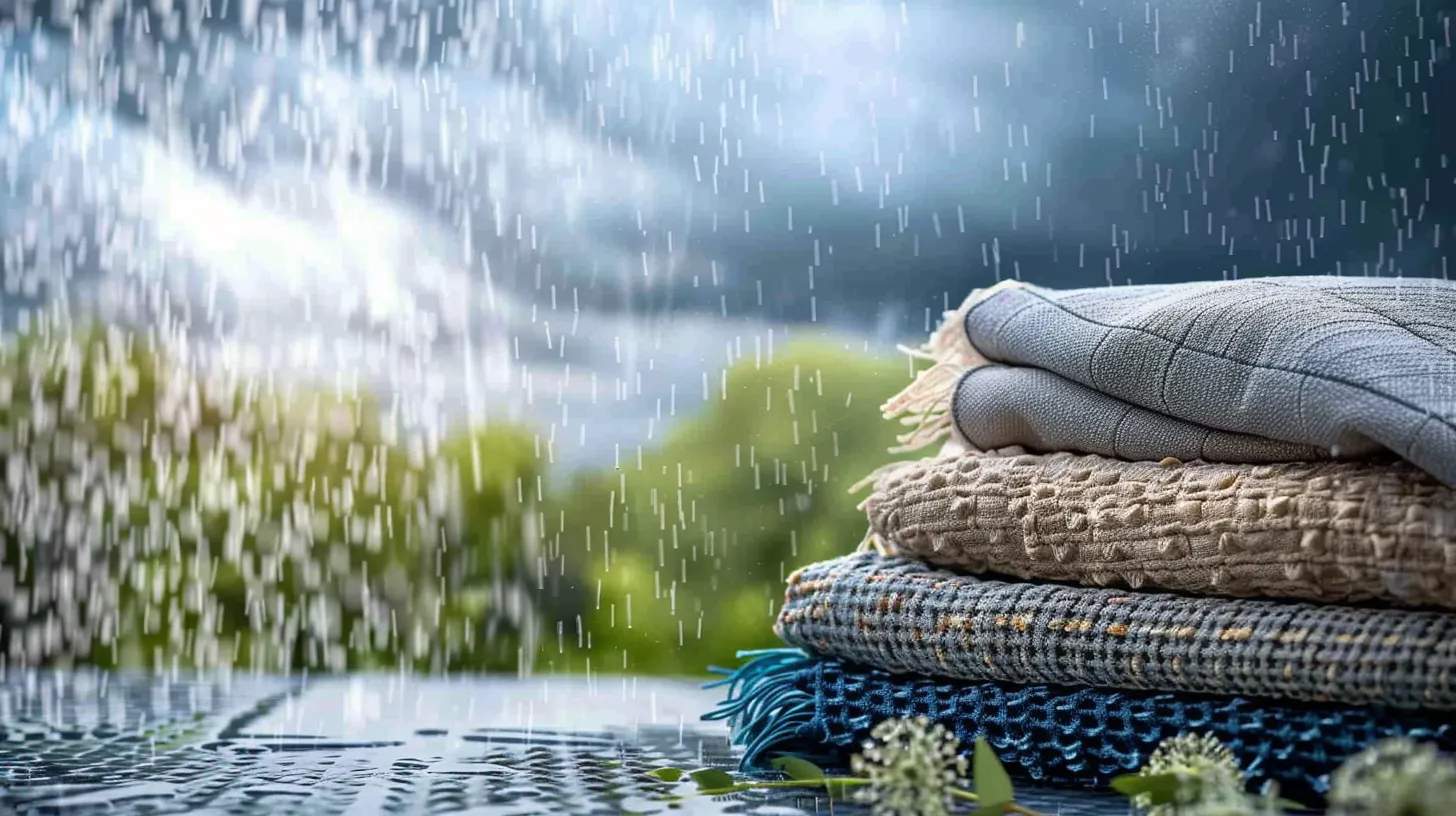
Selecting the right material for your outdoor furniture covers is a crucial step in preventing mold and mildew growth, with options such as polyester, nylon, or vinyl offering inherent resistance to these damaging fungi. These materials, specifically designed for outdoor use, can withstand fluctuating weather conditions and inhibit the proliferation of mold and mildew on your patio furniture.
When considering the material, look for covers with UV-resistant coatings . This feature not only safeguards your furniture from harsh sun damage but also hinders mold formation , as the UV radiation helps keep the fabric dry and less hospitable for fungal growth.
Water-resistant properties are also essential, as they help to prevent moisture accumulation , a key factor contributing to mold growth. Choose covers that repel water and promote quick drying to guarantee the longevity of your outdoor furniture.
Moreover, tear-resistant features can provide long-lasting protection, minimizing the risk of mold and mildew creeping into cracks and crevices. Finally, choose covers that offer protection against extreme temperatures , as this can further deter mold and mildew development, keeping your outdoor furniture pristine and ready for use.
Regular Cleaning and Maintenance Practices
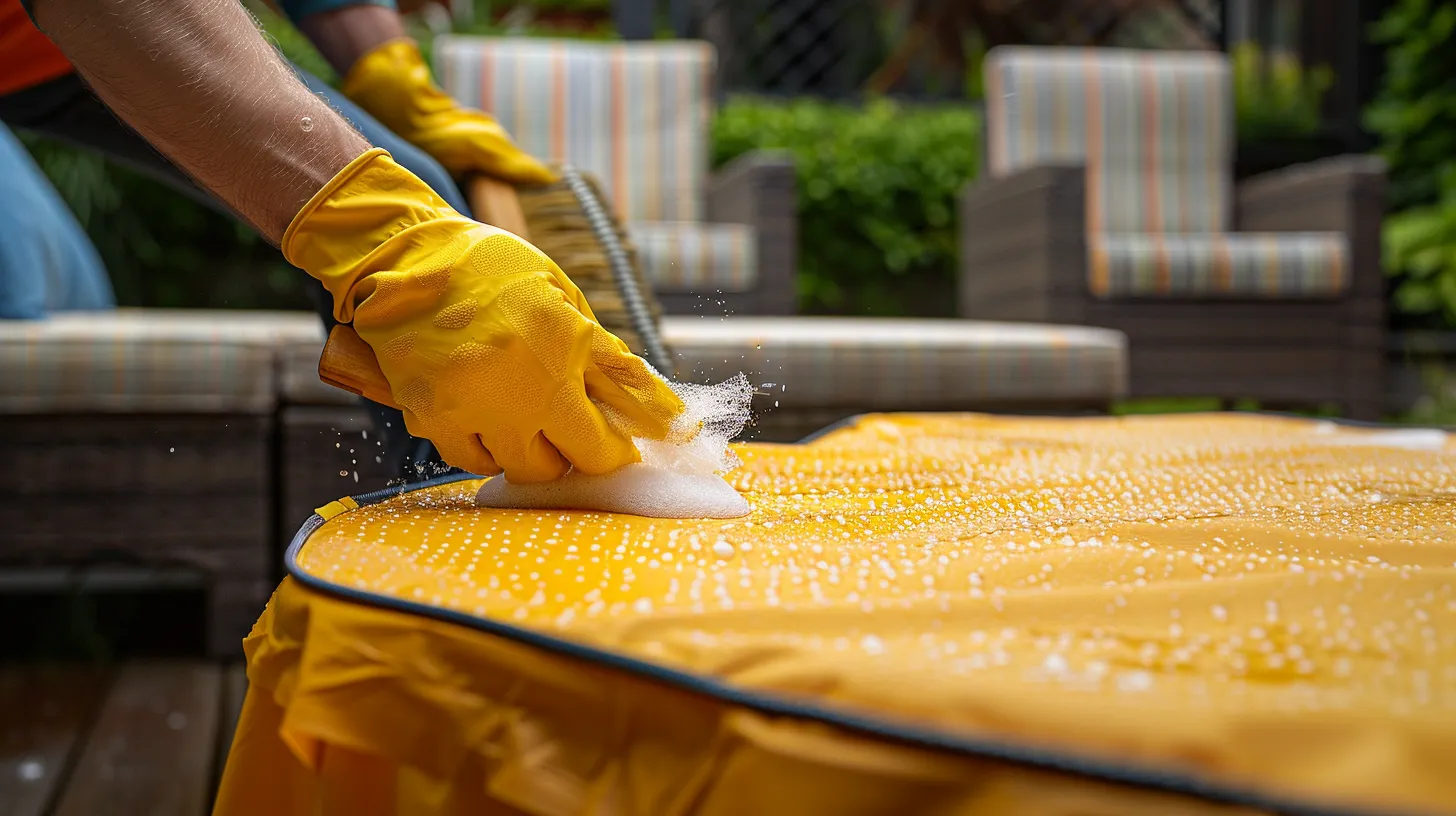
How can regular cleaning and maintenance practices contribute to preventing mold and mildew on your outdoor furniture covers?
Maintaining a regular cleaning routine is vital. It helps remove mold and mildew , preventing further growth and guaranteeing the longevity of your furniture covers.
Initiate your cleaning process by shaking out the covers. This simple action helps remove the debris that can harbor mold and mildew. After shaking out the covers, clean them with warm water mixed with soap or bleach. This combination effectively eliminates mold and mildew, preventing them from resurfacing.
Remember to check the manufacturer's cleaning instructions on the label. Following these specific guidelines will ensure you maintain the covers properly without causing unintentional damage. Aim to clean the outdoor furniture covers a few times per season . This frequency is essential to keeping them in good condition, and it aids in preventing mold and mildew growth.
Lastly, promptly treating stains as they appear on the covers prevents permanent damage and discourages mold development. By being proactive with your cleaning practices, you can successfully prevent mold and mildew from damaging your outdoor furniture covers.
Effective Mildew Removal Techniques

In the battle against mildew on outdoor furniture covers , employing effective removal techniques is critical to maintaining both their functionality and aesthetic appeal. There are several methods available, each utilizing a different cleaning solution that targets and eradicates the mildew to prevent further growth and damage.
One commonly used method involves a solution of bleach and water. This potent mixture, when applied judiciously, can wipe off mildew effectively. However, bleach can be harsh on certain materials and might fade colors, so it is best to test on an inconspicuous area first.
Alternatively, a natural cleaning solution like vinegar can be used. Its acidity makes it a good option for mildew removal on outdoor furniture covers. It lacks the harsh chemical elements of bleach, making it safer for most fabrics and materials.
Other homemade solutions include a mild scrub made from lemon juice and salt, or a paste of water, dishwashing detergent, borax, and baking soda. These solutions can be rubbed on the affected areas, then rinsed off, to eliminate mildew stains.
Routine cleaning with mild soap and water, while not a specific removal technique, can also help keep mildew at bay and maintain the appearance of the covers.
Importance of Proper Furniture Storage
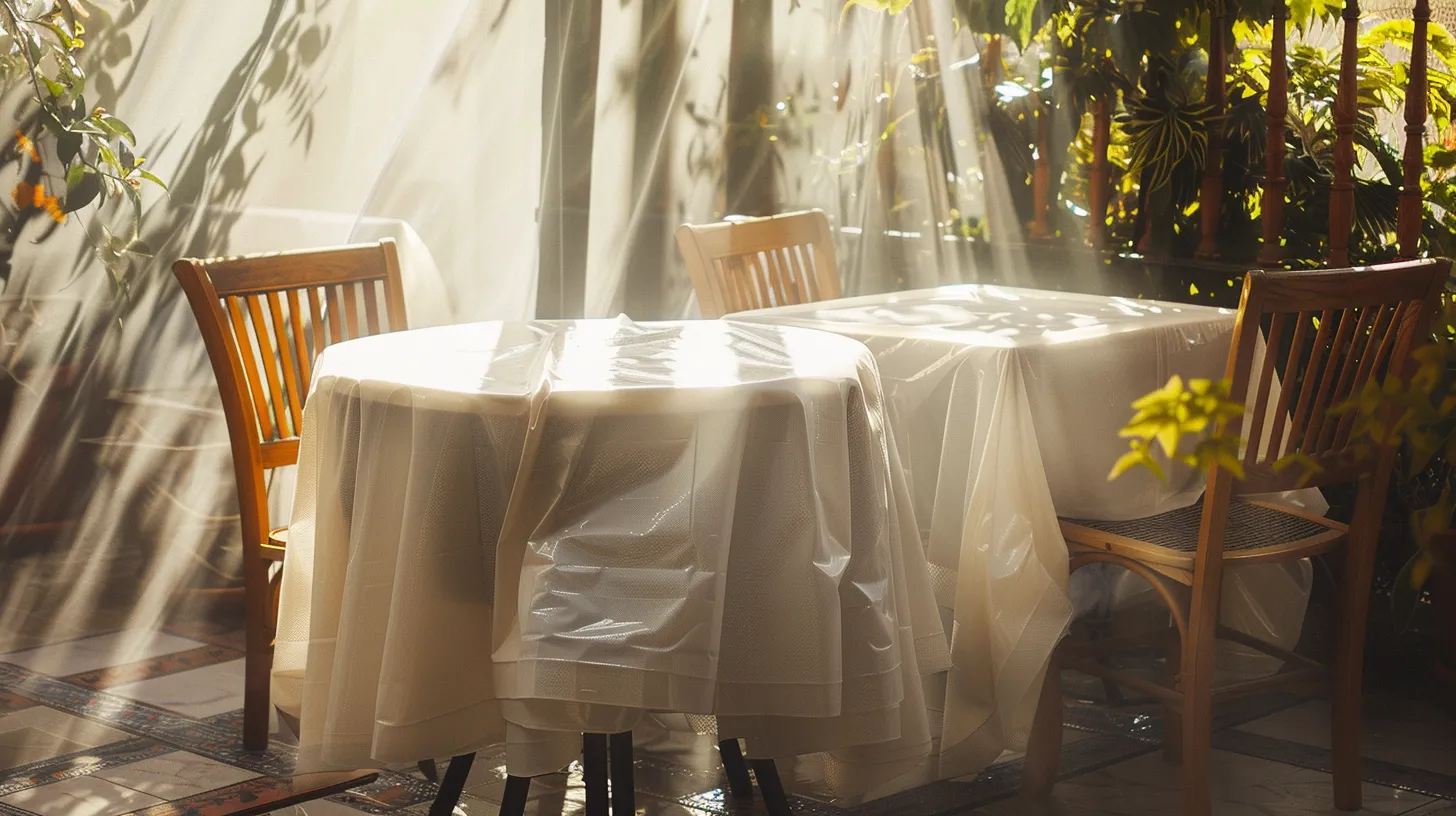
Guaranteeing appropriate storage for outdoor furniture covers is an essential preventive measure against the growth of mold and mildew, greatly contributing to their longevity and maintained quality. Proper furniture storage in dry, well-ventilated areas is pivotal for mold prevention . It reduces the risk of these destructive organisms taking hold and damaging your outdoor covers.
Sheds, garages, or closets can serve as safe havens for your furniture covers, protecting them from the harmful effects of moisture and humidity. These environments, when used correctly, can form a strong barrier against mold and mildew growth.
In addition to this, using water-tight storage containers or plastic storage bags further safeguards your outdoor furniture covers. These tools help prevent water damage and mold formation, ensuring your covers stay mold-free even during the off-season.
The importance of proper furniture storage cannot be overstated. It is a significant factor in maintaining the quality and extending the lifespan of your outdoor furniture covers. By taking these steps for proper storage and mold prevention, you can make sure that your furniture covers remain in top condition, free from the damaging effects of mold and mildew.
Utilizing Mold-Resistant Finishes

Opting for mold-resistant finishes on outdoor furniture covers presents a strategic approach to effectively combat the growth of mold and mildew. These finishes work by creating a protective barrier on the surface of the covers, hence serving as a robust deterrent against these unwanted organisms.
Mold-resistant finishes contain antimicrobial properties that actively inhibit mold and mildew growth. This feature makes them an invaluable tool in the quest to maintain the pristine condition of outdoor furniture covers. Additionally, the application of such finishes adds an extra layer of defense against elements associated with mold growth, such as moisture and humidity.
The use of mold-resistant finishes helps to maintain the appearance and longevity of outdoor furniture covers. They prevent mold-related damage, thereby preserving the aesthetic appeal and functional utility of the covers for longer periods. When shopping for outdoor furniture covers, consider those treated with mold-resistant finishes. These provide the added assurance of protection and peace of mind , helping to keep your outdoor space free from the unsightly and potentially harmful effects of mold and mildew growth.
Landscape Maintenance for Mold Prevention
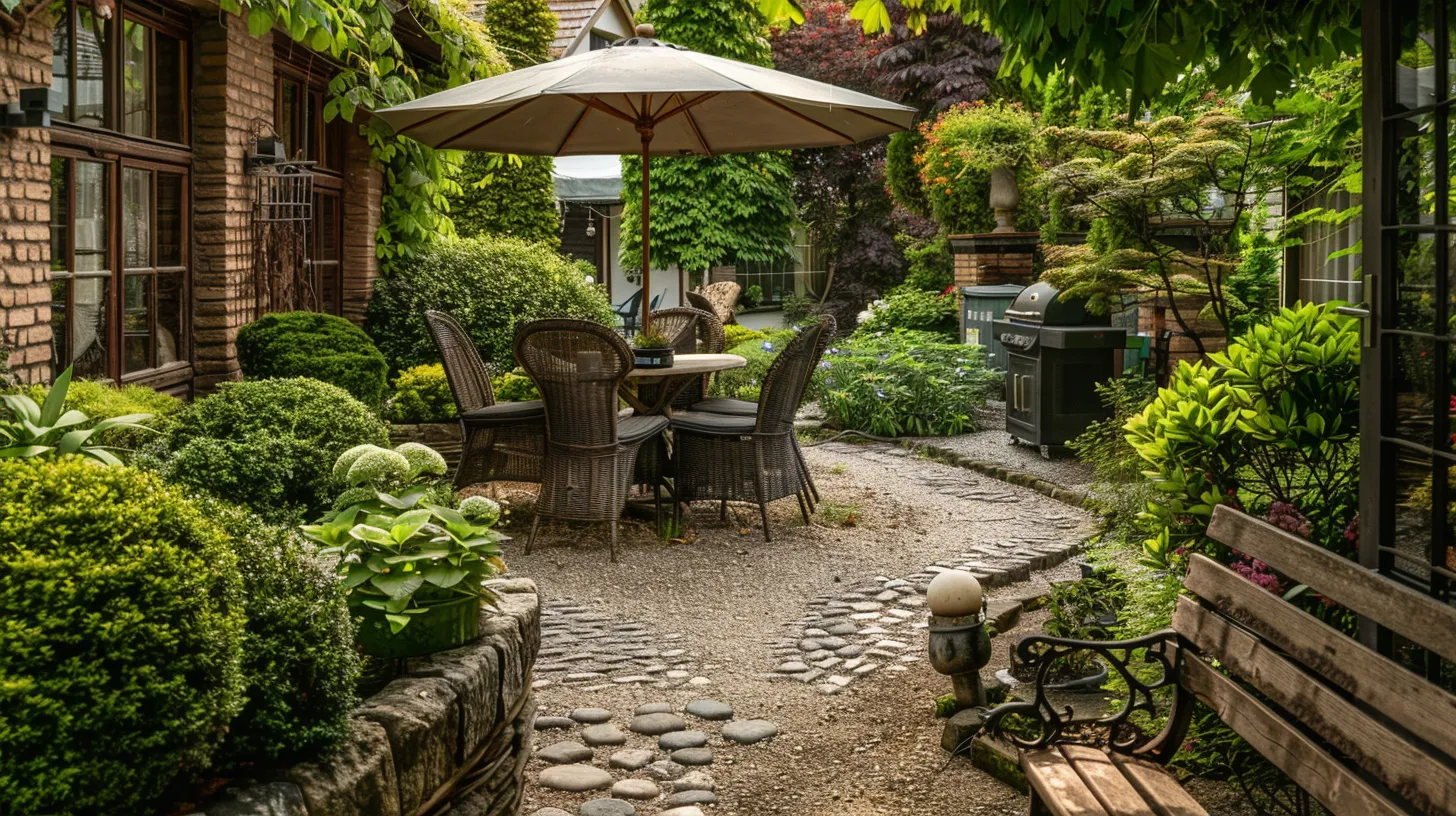
While the application of mold-resistant finishes on outdoor furniture covers serves as an important defense against mold and mildew, conducting regular landscape maintenance also plays a vital role in preventing these organisms' growth. It is essential to trim vegetation around the furniture to improve air circulation and minimize moisture buildup , which are key factors in mold prevention.
Ensure to regularly remove leaves, debris , and standing water from the surrounding area as these create environments conducive to mold development. Ventilation is central to preventing mold and mildew growth; hence, positioning outdoor furniture covers in areas with good airflow can greatly reduce the chances of infestation.
Moreover, using elevated platforms or furniture risers can keep outdoor furniture covers off the ground, distancing them from potential moisture sources. Opt for mold-resistant outdoor furniture covers, preferably those made of breathable materials to inhibit mold and mildew growth. An additional layer of protection can be achieved by applying a mold-resistant treatment to the outdoor furniture covers, creating an extra barrier against mold development. These measures collectively contribute to a holistic approach to landscape maintenance for mold prevention.










